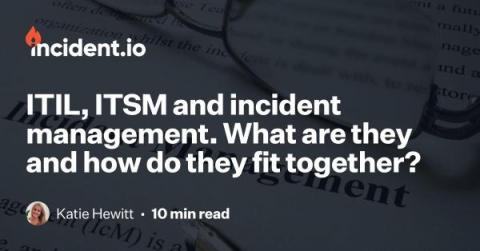4 Challenges Facing CXOs in A World of Digital Everything
As a busy executive, taking time to attend an event and listen to sessions is a luxury. And yet, I know that many of my best breakthrough ideas on how to lead my teams have come from taking those moments to tune into new ideas. The challenge is figuring out where the hidden nuggets of wisdom are buried in a mountain of content.











